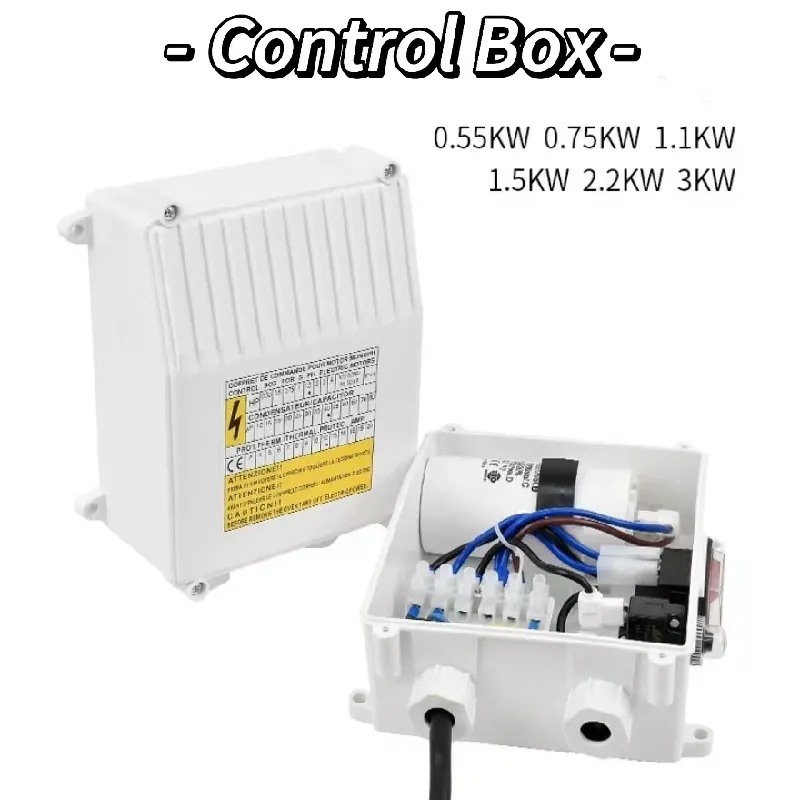Understanding PVC Hazard Tape Applications and Safety Implications
PVC hazard tape, often referred to as hazard warning tape, is a crucial tool used in various industries to denote safety hazards, demarcate areas, and provide important visual cues. Made from polyvinyl chloride (PVC) material, this tape is designed to be durable and resistant to wear, making it an ideal choice for both indoor and outdoor applications. In this article, we will explore the features, applications, and safety implications of PVC hazard tape.
Features of PVC Hazard Tape
One of the standout characteristics of PVC hazard tape is its vivid coloration. Typically available in bright shades such as yellow, red, green, and black, these colors are not only eye-catching but also carry specific meanings within safety protocols. For instance, yellow tape often indicates caution, while red tape signals a complete stop or danger. This color coding is essential for ensuring that individuals can quickly assess potential hazards at a glance.
In addition to its color coding, PVC hazard tape is also designed to be highly adhesive, ensuring that it remains securely in place on various surfaces. Whether applied to concrete, metal, or plastic, this tape is engineered to withstand environmental factors, including moisture and temperature variations. Its flexibility allows it to adhere easily to curves and uneven surfaces, enhancing its usability in a wide range of situations.
Applications of PVC Hazard Tape
The applications of PVC hazard tape span numerous industries, including construction, manufacturing, warehousing, and healthcare. In construction sites, for example, it is commonly used to outline hazardous zones, such as areas with heavy machinery or sections under renovation. By marking these areas with hazard tape, employers can visually warn workers and visitors, significantly reducing the risk of accidents.
pvc hazard tape

In warehouses, PVC hazard tape is utilized to establish clear pathways and restricted areas. This not only helps streamline operations but also enhances safety by preventing individuals from wandering into dangerous zones where they could be at risk of injury from forklifts or other equipment.
Healthcare facilities also benefit from the use of PVC hazard tape. It is often employed to indicate biohazard areas, isolation wards, or places requiring special precautions. This ensures that medical staff and visitors are aware of potential risks, thereby fostering a safer environment for both patients and workers.
Safety Implications
The use of PVC hazard tape plays a vital role in promoting workplace safety. By employing this tape, organizations can effectively communicate dangers and essential information without the need for verbal warnings, which may be overlooked or misunderstood. The clear visual signals provided by hazard tape can help prevent accidents and injuries, ultimately saving lives and reducing liability.
Furthermore, education about the proper use of hazard tape is essential. Employees must be trained to understand the meanings of different colors and the importance of maintaining visible tape lines. Neglecting to use or replace damaged hazard tape can create confusion and undermine safety efforts.
Conclusion
In conclusion, PVC hazard tape is an indispensable asset in various industries, serving as a visual warning system that enhances safety and awareness. Its durability, ease of use, and clear color coding make it an effective tool for marking hazardous areas and guiding employee behavior. As workplaces continue to prioritize safety, the importance of PVC hazard tape will only grow, reaffirming its role as a critical component in hazard communication and prevention strategies. By understanding its applications and emphasizing its relevance, we can work towards safer environments for everyone.
-
XIANGFAN Rubber Tape-Ultimate Solutions for All Your Insulation NeedsNewsJun.24,2025
-
XIANGFAN Rubber Tape-Protection for Industrial and Residential ApplicationsNewsJun.24,2025
-
XIANGFAN Rubber Tape: Superior Safety and Sealing for Demanding EnvironmentsNewsJun.24,2025
-
XIANGFAN Rubber Tape: Reliable Solutions for Every Electrical ChallengeNewsJun.24,2025
-
XIANGFAN Electrical & Industrial Tape: Powering Reliability Across IndustriesNewsJun.24,2025
-
XIANGFAN Electrical & Industrial Tape: Excellence in Every ApplicationNewsJun.24,2025
